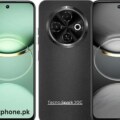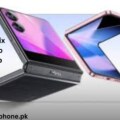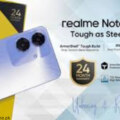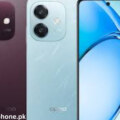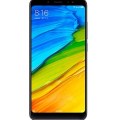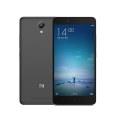iPhone 17 will Have Anti-Reflective & Scratch Resistant Display Glass
For those familiar with the tech landscape, the recurring narrative of Apple pioneering innovations while Android manufacturers, notably Samsung, allegedly trail behind in emulation is a well-known trope (yes, tongue firmly in cheek). However, today brings a noteworthy twist to this narrative with a rumor that may unsettle adherents of this belief of iPhone 17.
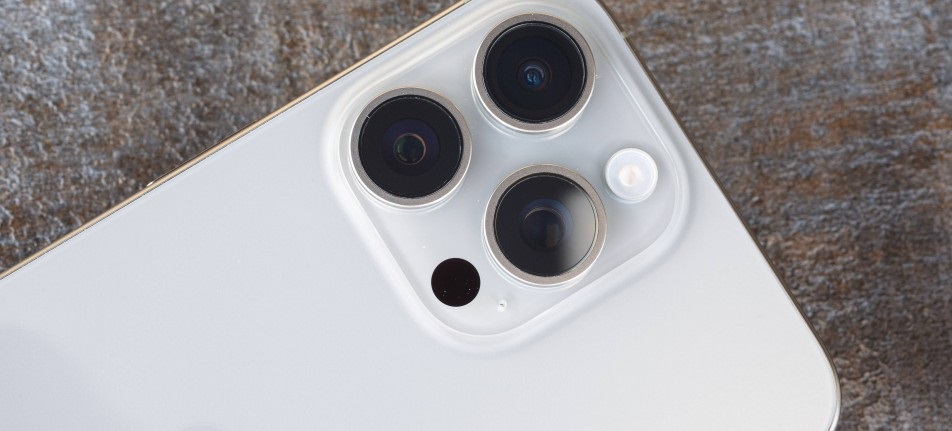
It appears that Apple, typically perceived as the trendsetter, has drawn inspiration from Samsung’s anti-reflective Gorilla Glass Armor, prominently featured on the Galaxy S24 Ultra. Surprisingly, Apple is reportedly set to adopt a similar technology for its upcoming iPhone 17, slated for release in 2025.
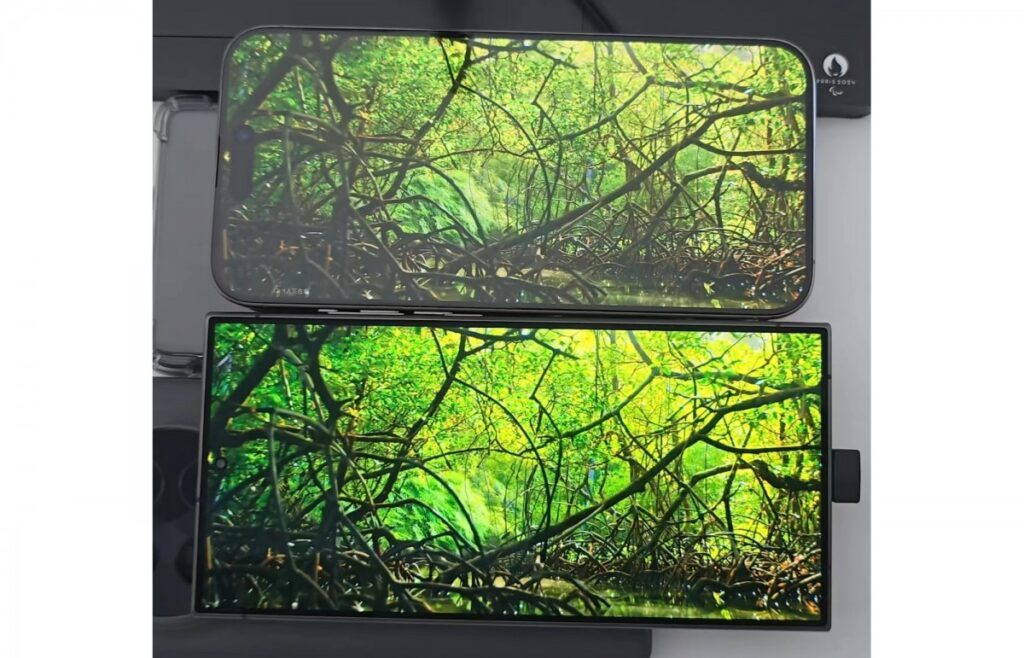
Notably, Apple’s iteration is rumored to surpass its current Ceramic Shield in scratch resistance, featuring an added anti-reflective layer akin to those found in eyeglasses or even mechanical watches. Unfortunately, logistical constraints have delayed the integration of this technology into the iPhone 16 family, necessitating a wait until the following year for the emulation of Samsung’s innovation.
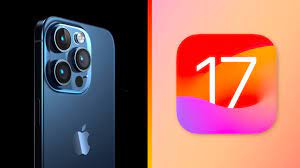
The purported technology, dubbed Gorilla Glass Armor by Samsung’s supplier, Corning, boasts impressive credentials, with claims of reducing reflections by 75% and offering over four times the scratch resistance of alternative solutions.
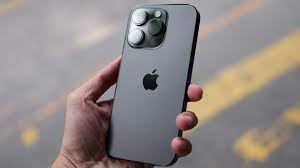
However, Apple’s iPhone 17 approach to this adoption remains shrouded in branding finesse. While the material may originate from Corning, Apple is likely to bestow it with a distinctive moniker such as Ceramic Shield Ultimate, crafting an illusion of unparalleled uniqueness—echoing the precedent set by the original Ceramic Shield, developed “in partnership with Apple,” as Corning claims.
Published on 04/2/24 10:53 | by Rawa John
iPhone 17 and 17 Plus to Come with 120Hz Displays with Always-On Display
Apple introduced its ProMotion displays boasting a 120Hz refresh rate a few iterations ago, but the availability of these premium panels has been limited to higher-end iPhone models. This disparity has left owners of more affordable iPhones longing for the enhanced display experience offered by ProMotion technology, leading to a chorus of complaints.
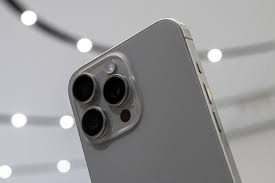
However, according to the latest insights from the supply chain, Apple is gearing up to democratize its premium LTPO OLED panels by bringing them to the more budget-friendly iPhones in 2025. This strategic move suggests that the upcoming iPhone 17 and 17 Plus models will mark the debut of LTPO displays in Apple’s mid-range lineup. Leveraging the advanced capabilities of LTPO technology, including granular refresh rate control, Apple intends to introduce the coveted ProMotion feature to its affordable models, while also enabling the implementation of an Always-on display functionality, a first for this tier of iPhones.
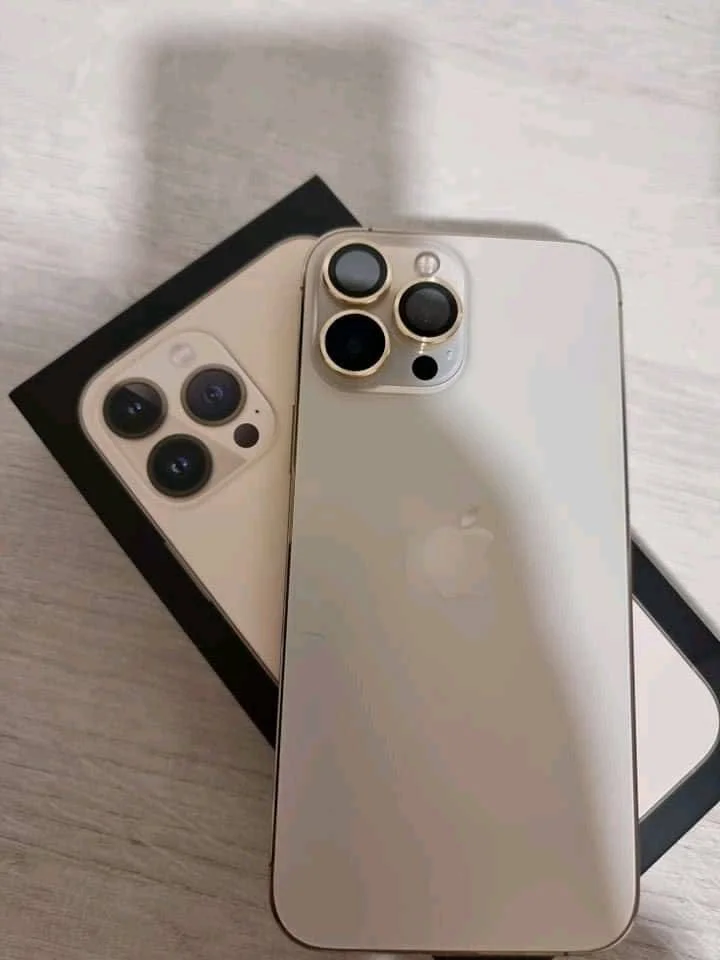
Key to this initiative is the involvement of BOE, a prominent player in the display manufacturing sector. As per reports, BOE has been actively collaborating with Apple and has submitted display samples for evaluation. However, even if Apple greenlights BOE’s offerings in the near future, production capacity constraints mean that BOE won’t be able to scale up output in time for the release of the iPhone 16 series. Additionally, there are indications that BOE is grappling with meeting Apple’s stringent quality standards, further complicating the timeline for integration. Consequently, the iPhone 17 series emerges as a more plausible target for BOE’s LTPO panels, suggesting a potentially transformative shift in display technology for Apple’s mid-range lineup.
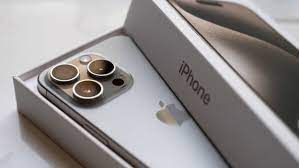
As anticipation mounts for the forthcoming iPhone iterations, the prospect of LTPO displays becoming more accessible to a wider audience underscores Apple’s commitment to innovation and user experience. By equipping its more affordable models with premium display features previously reserved for flagship devices, Apple aims to deliver greater value and satisfaction to its diverse user base.
Published on 03/26/24 12:18 | by Rawa John

